Every now and then an herbal skin care product will call for the use of vegetable glycerin. This clear, sweet liquid helps smooth, soften, and protect skin. It’s perfectly wonderful all on its own, but we can increase the healing properties of that glycerin by infusing it with herbs before using it in all those DIY recipes. Let’s talk herbal glycerites for skincare (including how and why you would want to create non-alcoholic tinctures)!
How to Infuse Glycerin
Vegetable glycerin (here is an organic, non-GMO, soy-based vegetable glycerin that Founder Jess uses in her handcrafted organic skincare shop) is often used in herbal tinctures (making them non-alcoholic versions) and when we infuse glycerin for body products we follow much the same method. The infusion process takes time, but actual hands-on work is less than 10 minutes.
Fill a clean glass jar 1/3 full of dried herbs or 3/4 with fresh herbs. Pour vegetable glycerin over all to within 1/2″ of the top of the jar. Use a spatula or butter knife to remove any air bubbles and stir the herbs into the gylcerin making sure the herbs are completely submerged beneath the surface. Put a lid on the jar, label the date, and place in a cabinet for 4 weeks. Give the jar a shake whenever remembered to stir the herbs up.
After the month of infusing has passed it is time to strain. Pour the glycerin and herbs through a fine mesh sieve. Use the back of a spoon to press the herbs slightly and get every last drop of glycerin from the petals and leaves. Store the strained liquid in a clean and labeled glass jar with a tight fitting lid.
Herbs to Consider in Herbal Glycerites
When making products for skincare consider using these herbs:
Calendula: Anti-fungal and full of skin softening properties (learn more about calendula)
Chamomile: An anti-inflammatory that again can leave the skin feeling silky soft (learn more about chamomile)
Dandelion: Another anti-inflammatory herb perfect for liniment making (learn more about dandelion)
Lavender: Can soften the skin and is known for treating burns (learn more about lavender)
Plantain: Helps remove the sting of bug bites (learn more about plantain)
Rose: Acts as an astringent and often leaves a luxurious feeling to the skin (learn more about rose)
Using Herb Infused Glycerin
The herbal glycerites is wonderful all on its own – slather them onto dry feet and elbows to help soften skin. For those DIY projects, simply use the herb-infused glycerin as a one-to-one substitution in any recipe that already has vegetable glycerin.
DIY Recipes Using Herbal Glycerites for Skincare…
Purchase handcrafted organic lavender-infused lotion from Scratch Mommy Founder Jess in her online shop!
-
Ginger Clove Anti-Inflammatory Liniment
-
Edible Massage Lotion
-
Naturally Healing DIY Aftershave Spray
Purchase handcrafted organic Aftershave Spray from Scratch Mommy Founder Jess in her online shop!
-
Homemade Moisturizer
-
SUPER Moisturizing DIY Antibacterial Hand Soap (leaves your hands silky smooth & ready for handshakes)
-
DIY Non-Toxic Bubble Bath (two recipes!)
-
DIY Non-Toxic Bug Spray
Purchase handcrafted organic Bug Be Gone Spray from Scratch Mommy Founder Jess in her online shop!
Here are two DIY recipes for the home in which you can use herbal glycerites…
As you dry herbs from the spring and summer herb garden, put some aside for infusing in glycerin. Having these herbal glycerites sitting in the herbal pantry will mean fast gift making, as well as home and body product making later this year when time might be a little more crunched. After all, including herb infused glycerin in your DIYs is a great way to give the gift of the garden even in snow covered months.
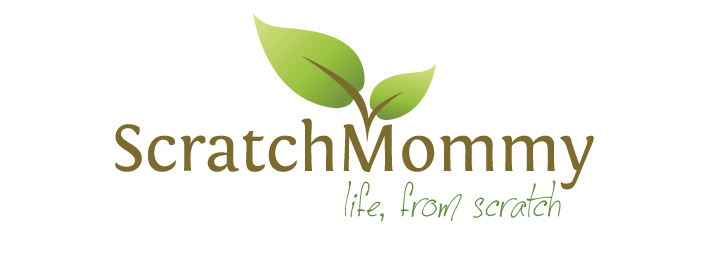
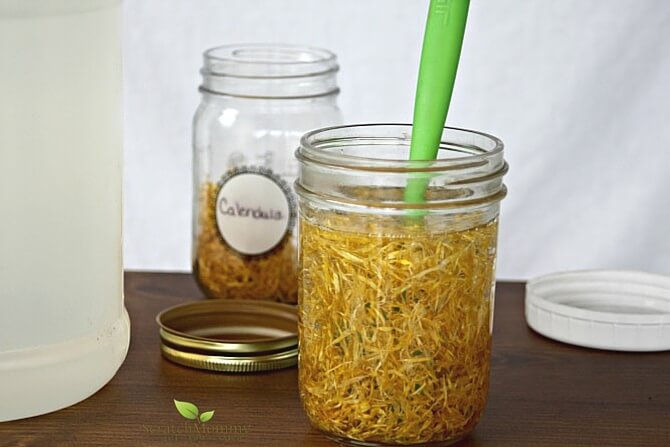
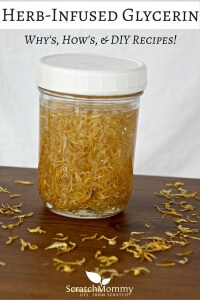
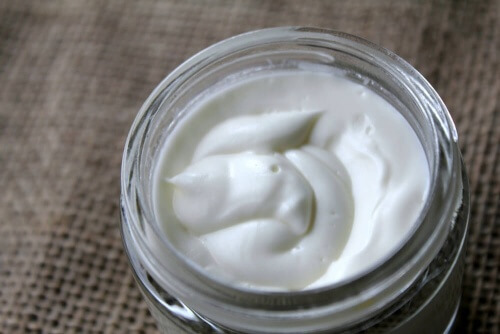

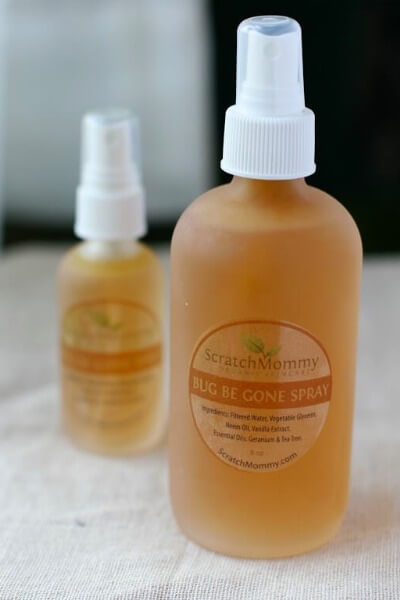
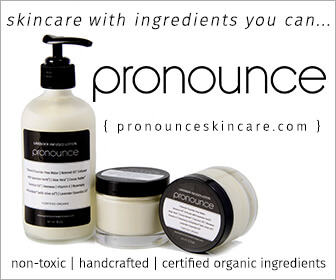
Comments 1
Awesome information. I have some dried rose petals from my flowers I am going to try with the glycerin! I cannot wait for the results.